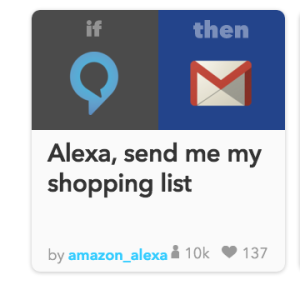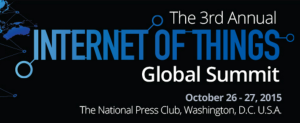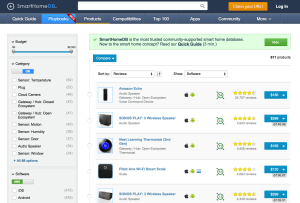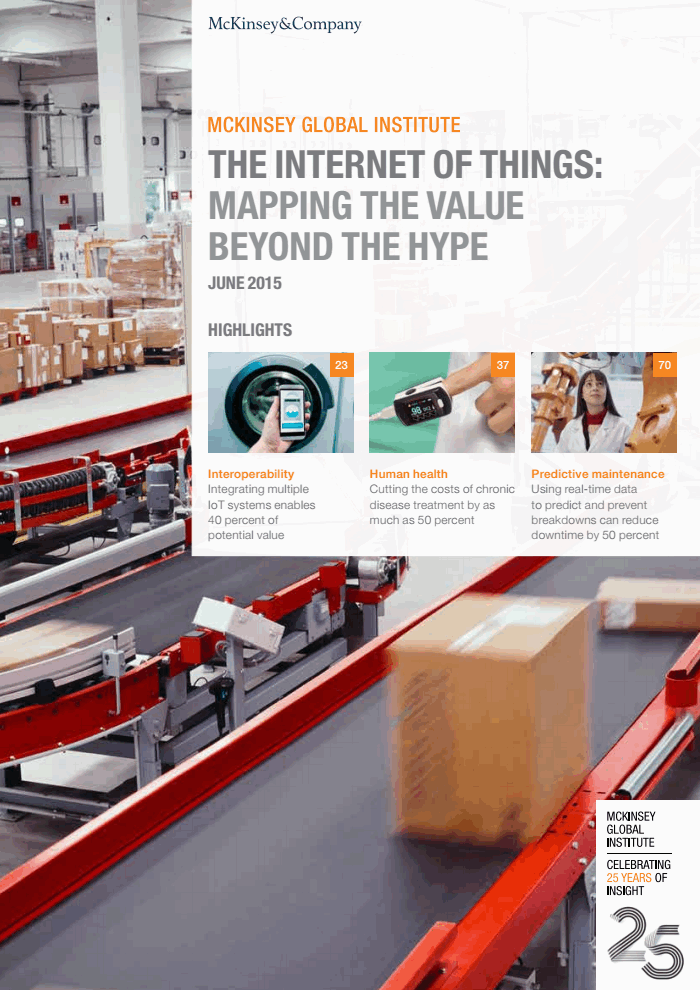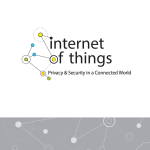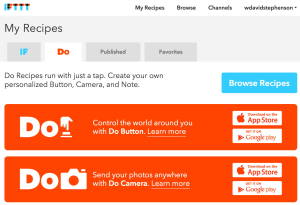As if there wasn’t already enough reason to make privacy and security your top IoT priority (see what I wrote earlier this week), now there’s more evidence Uncle Sam may be accessing your IoT data as part of its overall surveillance efforts (MEMO to NSA Director: we notice the lights at the Stephenson household went on precisely at sunset. Was that a signal to launch Operation Dreadful Winter?).
The Guardian reports that US. Director of National Intelligence James Clapper told the Senate:
“In the future, intelligence services might use the [internet of things] for identification, surveillance, monitoring, location tracking, and targeting for recruitment, or to gain access to networks or user credentials.”
Shades of former CIA Director David Petraeus, who I noted several years ago was also enamored of smart homes as the motherlode for snooping:
“‘Transformational’ is an overused word, but I do believe it properly applies to these technologies,’ Petraeus enthused, ‘particularly to their effect on clandestine tradecraft.’ All those new online devices are a treasure trove of data if you’re a ‘person of interest’ to the spy community. Once upon a time, spies had to place a bug in your chandelier to hear your conversation. With the rise of the ‘smart home,’ you’d be sending tagged, geolocated data that a spy agency can intercept in real time when you use the lighting app on your phone to adjust your living room’s ambiance. ‘Items of interest will be located, identified, monitored, and remotely controlled through technologies such as radio-frequency identification, sensor networks, tiny embedded servers, and energy harvesters — all connected to the next-generation internet using abundant, low-cost, and high-power computing,’ Petraeus said, ‘the latter now going to cloud computing, in many areas greater and greater supercomputing, and, ultimately, heading to quantum computing.’ Petraeus allowed that these household spy devices ‘change our notions of secrecy’ and prompt a rethink of’ ‘our notions of identity and secrecy.’”
Yikes!
Gathering data on spies, terrorists and other malefactors is always such a double-edged sword: I’m generally in favor of it if there’s demonstrable, objective proof they should be under surveillance (hey, I went to school with uber-spy Aldrich Ames!) but if and when the NSA and CSA start hoovering up gigantic amounts of data on our homes — and, even more questionably, our bodies [though Quantified Self devices] then we’ve got to make certain that privacy and security protections are designed in and tough, and that there is some sort of effective civilian oversight to avoid gratuitous dragnets and trump(ooh, gotta retire that word from my vocabulary)ed up surveillance.
Big Brother is watching … your thermostat!



